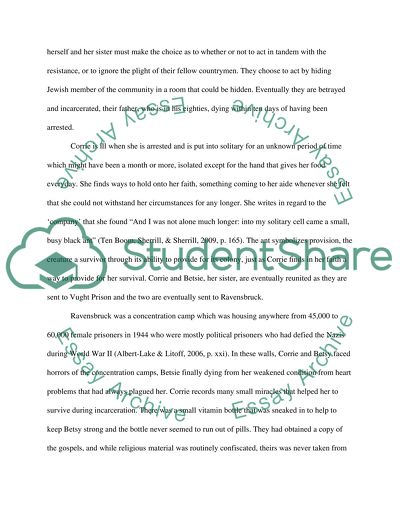Cite this document
(“The Hiding Place, by Corrie ten Boom Research Paper”, n.d.)
Retrieved from https://studentshare.org/family-consumer-science/1410308-a-book-report-on-the-hiding-place
Retrieved from https://studentshare.org/family-consumer-science/1410308-a-book-report-on-the-hiding-place
(The Hiding Place, by Corrie Ten Boom Research Paper)
https://studentshare.org/family-consumer-science/1410308-a-book-report-on-the-hiding-place.
https://studentshare.org/family-consumer-science/1410308-a-book-report-on-the-hiding-place.
“The Hiding Place, by Corrie Ten Boom Research Paper”, n.d. https://studentshare.org/family-consumer-science/1410308-a-book-report-on-the-hiding-place.


